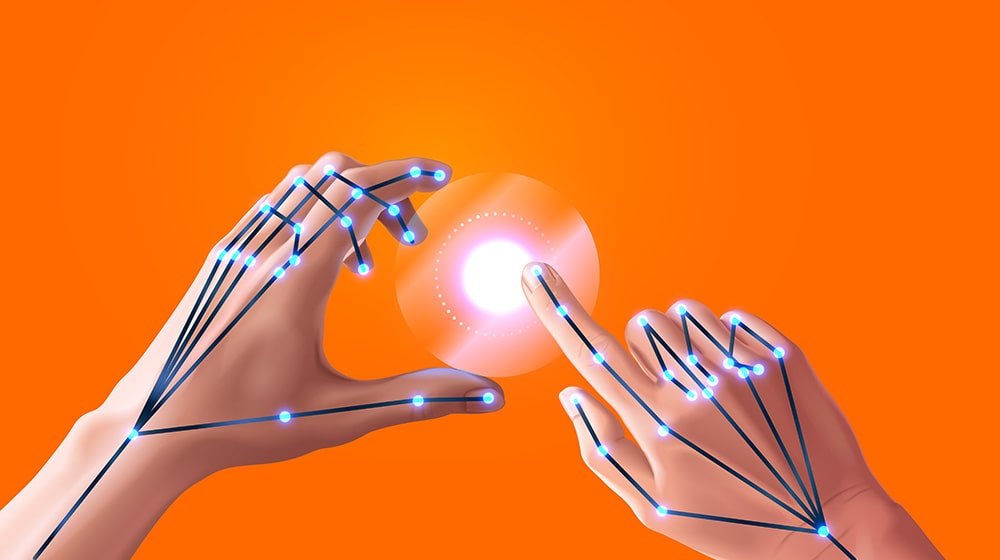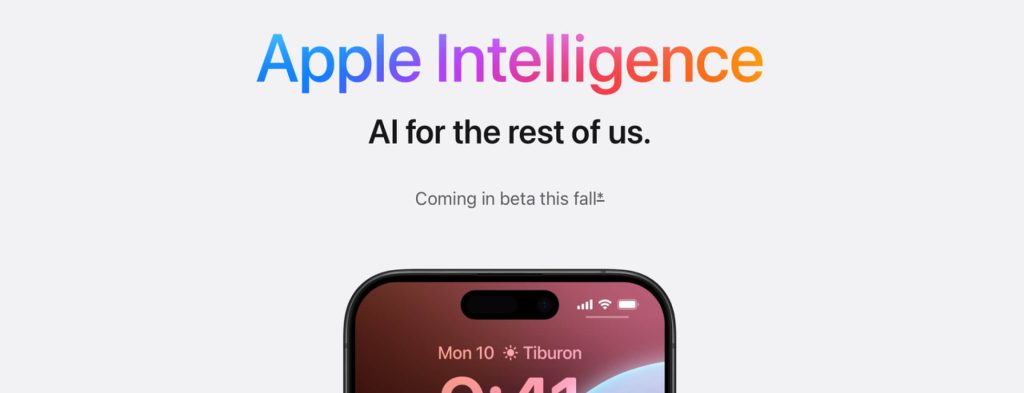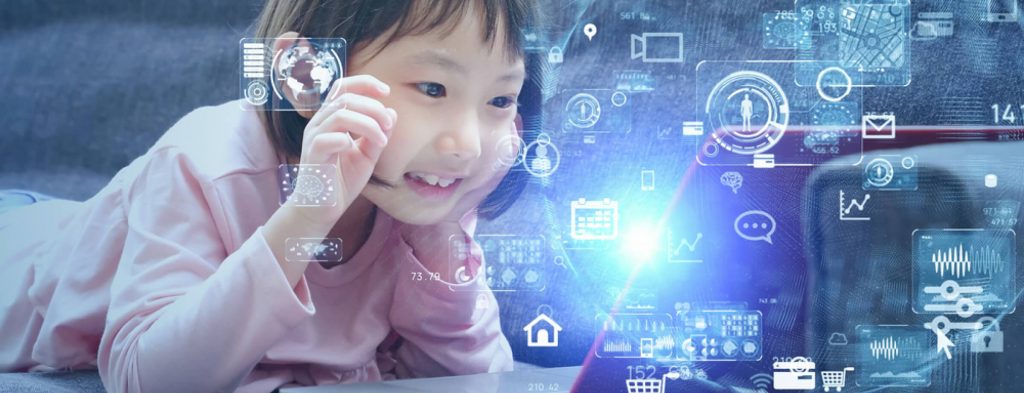What Is Gesture Recognition Technology?
Human beings use many actions and other ways of expression, and gestures. It is a common method of human expression. It has been around for centuries, and gesturing was the most popular means of communication before man learned various languages and other forms of expression. Gesturing has evolved and moved on, and science and technology have played a big role in playing a big role in furthering its development. In this article, we will try and learn about gesture recognition technology, and it’s key trends. We will find out the key market trends as far as its future growth and statistics are concerned.

When we talk about gesture recognition technology from the contemporary point of view, we are referring to it as a mathematical interpretation of various human emotions. This is done with the help of a computing device. The computing device is one of the components of PUI or Perceptual User Interface. Though PUI is a recently evolved technology, it already is quite popular. There are a few more PUIs which are being used, and voice recognition is one of the most common examples of PUI. Others include lip movement recognition, facial recognition and also eye-tracking. The canvas of gestures is quite big and gestures could emanate from any part of the body, whether it is in the state or whether it is in bodily motion. But in most cases, gestures emanate from the face or hands. The face is used to convey several emotions, and the same perhaps is the case with human hands. As of now, when we talk about gesture recognition technology, it is mainly centered on the emotions originating from the face and the gestures which come out of the human hands.

How Does It Work?
In this technology, a camera reads the emotions of the human body and the data, so captured, is sent to the computer. The computer then uses the date as input, based on which it handles and makes devices and applications to do various types of works. Many people also refer to gesture recognition as gesture control. The objective and purpose of this technology are quite simple. It is done to help computers to understand human body language. Hence, it certainly would be a great tool in helping a more useful link between machines and men. This technology is helping the relationships between men and machines to the next higher level. So far, technology in this area is restricted to GUI (graphic user interfaces) and TUI (or text user interfaces). The technology in most cases continues to be old-fashioned and input methods are archaic because it is done using either the keyboard or the mouse.
How Could Gesture Recognition Change The Scenario?
When we learn to develop gesture recognition technology, it is possible to interpret HMIs (Human-Machine Interaction) without the help of any mechanical device. To cite an example, instead of using the keyboard or mouse, the finger can be used for moving a cursor from one place to another on a computer screen. It is already being used in the ‘news and entertainment industry’ and many big news channels are quite happy to use this technology. The possibilities and opportunities are tremendous. It is believed that this technology, when developed, to its full potential, will make a mouse, keyboard and perhaps even touch screen obsolete.
What Are The Benefits It Could Offer?
When technology can recognize gestures as input, it could have a big impact on people who suffer from different types of physical impairment.
Further, this technology could also help to trigger natural and better interaction as far as 3D virtual world or a gaming environment is concerned.
With the help of accelerometers and gyroscopes, going forward, it may be possible to increase the gestures of the hands and body. This could help in sensing, tilting, and rotating and also accelerating movements. Though there are many haptic interfaces, which use touch, gesture recognition technology can do away with the need to sport any specific device or gear. It picks up bodily gestures, and they are read by the camera, instead of sensors which are installed in various devices.
How Does The Future Look?
Though this technology is new and taking its first ‘baby steps’, the future certainly looks extremely bright and exciting. There are immense possibilities and opportunities for the application of this technology. We will look at a few areas where there could be a sea-change when gesture recognition technology is used to its full potential.

- Medication applications – Gesture recognition can be used with advanced robotic systems and could play a big role in treating various illnesses and diseases. It could be a place either at home or at hospitals.
- Entertainment applications – Modern day video games are played either using arcade units of PCs or consoles or even keyboard and mouse. Gesture recognition has the capability of changing the way games are played and enjoyed, and it could be a gamechanger, according to many people.
- Automation systems – Gesture recognition can be made use of in offices, homes and also in transport vehicles. It could help bring down the need for various other resources that are now being used in the above fields.
Key Market Trends
There is no doubt that any technology will be accepted by society only if it offers them ‘value for money’. There are sound reasons to believe that there is a big market potential for gesture recognition technology. The following figures would certainly give us an idea where we are right now and what does the future hold.

- The value of this technology in 2017 was around USD 6.22 billion.
- It is expected to post a CAGR of 22.2% of around 23% from 2018 to 2025.
- This is because of increased per capita income, improvement in technology and the growing demand for digitization, which is emanating from almost all industries.
- The use of consumer electronics and the increasing demand and implementation of IoT (Internet Of Things) could also be a reason for the exciting opportunities and possibilities associated with this technology.
- While all major industries would love to accept and assimilate Gesture Recognition Technology there are three major industries where the growth is likely to come from.
- The total size of this technology is likely to grow from 6.22 to around 32.50 billion (USD) by the year 2025. This is a conservative estimate, and if the right investments in technology are made, the figure could even tough around 50 billion USD by the year 2025.
- The automotive industry should have a market for GRT (gesture recognition technology) of around $6.52 billion.
- The consumer electronics industry should see the use of GRT for the total amount of around $16.29 billion.
- Healthcare requirements for GRT should be around $4.89 billion.
- Other segments should account for around $4.89 billion by the year 2025.
- Hence the total market for GRT on a conservative basis should be around $32.58 billion (USD)
The Final Word
While there is an obvious demand for GRT, the onus lies on the science and technology fraternity to put the pieces together and come out with the right gesture recognition technology that is customer-friendly, easy-to-use and most importantly not very expensive. We are still in the beginning and let us wait and watch as to how things unfold in the years to come.
We at BlueWhaleApps focus on making new solutions that come hand-in-hand to the new technology trends. To turn your idea into reality contact us now!





